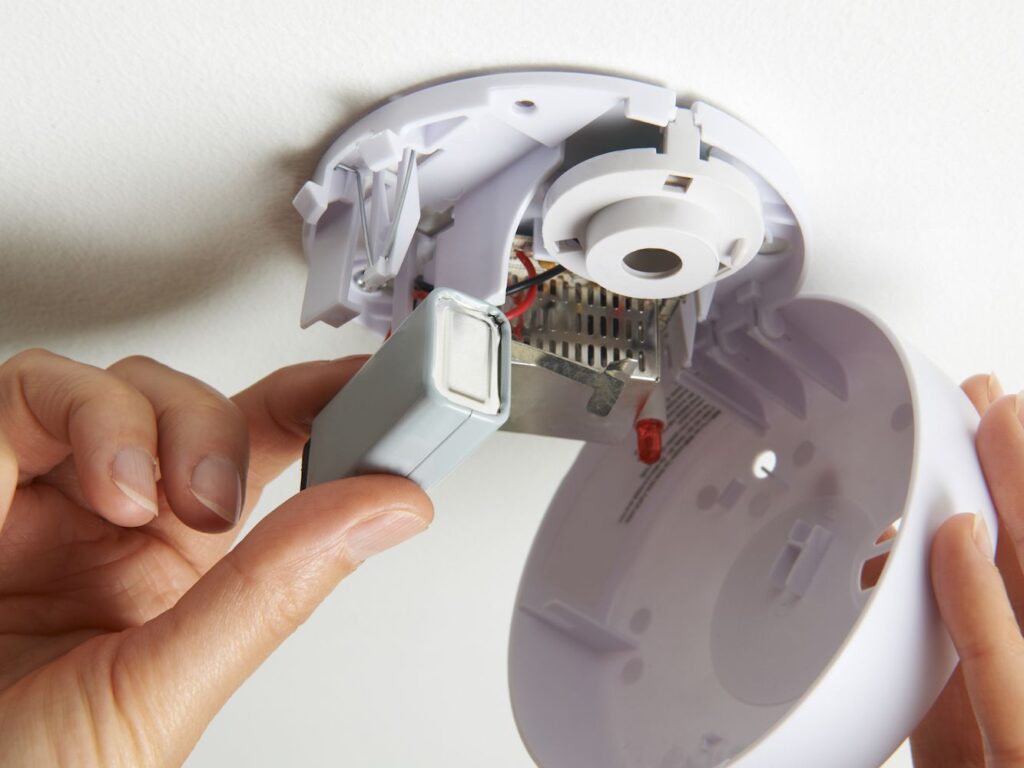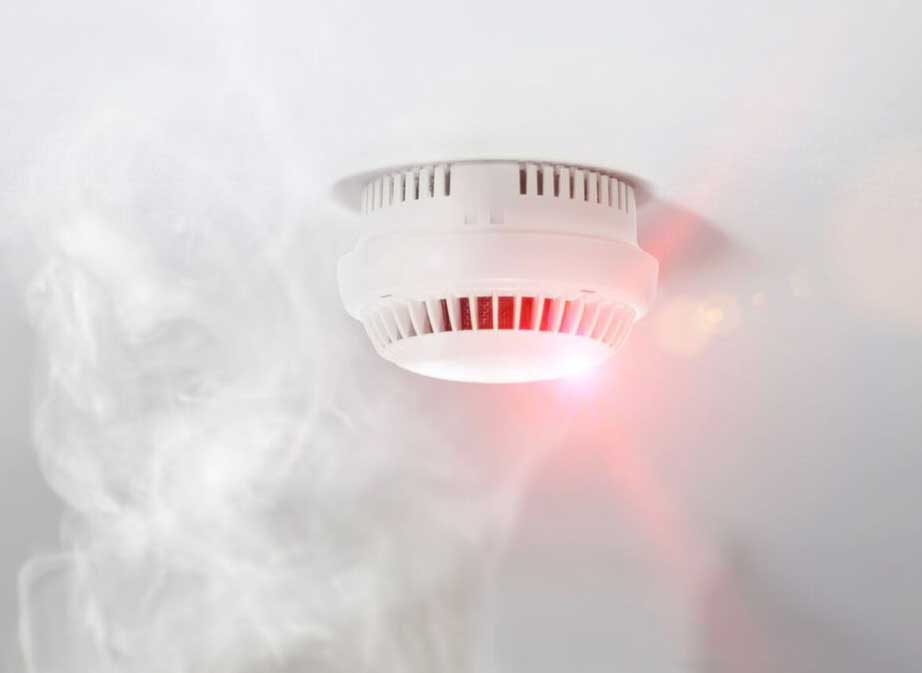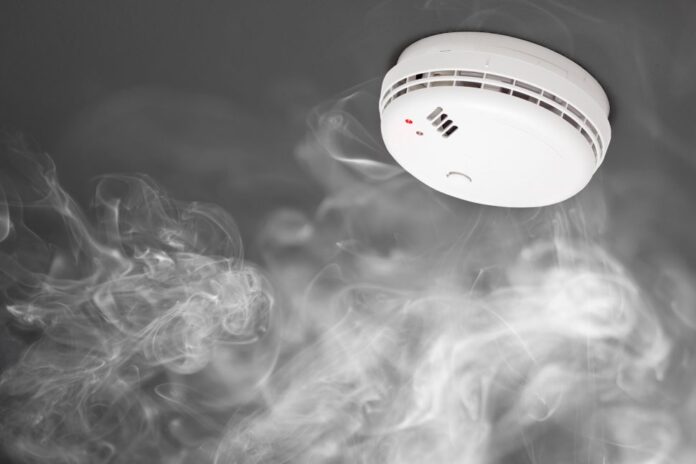In case of fire, fire alarm sensors activate an alarm to warn of danger and timely reaction. Depending on the type, they detect smoke and a sudden rise in room temperature.
Heat and smoke are the first indicators of a fire, i.e., they are considered the first indicator of a potential accident. Almost all fire detectors work on the same or similar principle; that is, they measure the level of smoke, temperature, or a particular heat source. Information about a potential fire goes further to the fire control panel, which is in charge of checking the authenticity of this signal.
After activating the automatic or manual detectors, a telephone alarm will be activated, through which the monitoring center is contacted. After the report, the duty service will send an emergency service and a fire service to the facility.
How often should you test the smoke alarm?

It is important to note that all alarms and smoke detectors must be tested once a month to see if they are correct. If your smoke detector does not turn on during the check, do not panic, the device may still be working, only the battery has run out. It is recommended that the batteries be changed once or even twice a year to ensure that your alarm will not fail if there is an accidental fire.
When a buzzer is heard every 30 seconds, and the LED is flashing simultaneously, it means that the battery voltage is low; it is necessary to change it. Otherwise, it will affect the proper functioning. If you want a reliable device, be sure to look at the offer x-sense smoke detector and find a perfect one for you and your family.
From time to time, you can also look at your alarm and see if the indicator is on. You do not need particular time or tools for that. When you buy the notice, please select the appropriate place (usually placed in the middle of the ceiling), fix the mounting base, then place the detector in the ground and turn it.
Before installation, insert the battery into the battery compartment. Then the ice will flash once. Then get started. The indicator will flash once in 45 seconds, in the LED alarm position, it will flash once in 1 second, and the detector sends a continuous sound three times per second. To test, hold down the test button for a long time – more than 3 seconds. The ice will turn on once in 1 second; the detector should give a sound (independent sound) and send an RF signal and sound – wireless.

The detector cannot be installed in inadequate conditions in scorching, icy, and dusty places. Clean the detector with a soft cloth every six months to ensure its sensitivity and product life. Turn off the sensor before cleaning. Turn off the power if you do not use it for a long time.
Almost all smoke sensors available on the market are designed with only one goal – to detect potential threats. Hardly any manufacturer pays attention to the design of the sensor. Primarily the smoke sensor serves to save lives. However, like most sensors, a smoke sensor is a device that installs it in visible places, e.g., on the ceiling. It is why designers began to combine uncompromising protection and aesthetics that customers appreciated. The smoke sensor is the perfect device that combines beauty with new technology while protecting your home and loved ones.
Smooth lines, polished surface, and small size are what distinguishes these devices. Combining these features, we got the most beautiful smoke sensor ever made on the market today. The smoke sensor will alert you to a threat with a built-in multicolor LED and a built-in sound siren. The grille not only looks great but also responds to the slightest amount of smoke.

Smoke sensors today are probably the most miniature wireless smoke detector in the world. Advanced production technology has contributed to a visible reduction in sensor components’ size, which suggests that sensors are now the most advanced devices of their kind and purpose on the market in the segment of smoke alarms.
These are the words used to describe the grille of the smoke sensor. At first glance, this shiny element looks like a piece of jewelry, but it is one of the device’s most critical components. The perforations of the grille allow smoke to enter the sensor chamber. The better made, the less smoke is needed for the alarm to sound. The grille is made of the highest quality material with a large number of holes. Each hole is electrochemically shaped so that the smoke entering the housing enters the sensor chamber precisely. Fire detection is fast, and the smoke sensor is the ultimate protection that minimizes damage.
A meaningful way to facilitate localizing fires and evacuating people is to group the devices in lines (conventional or addressable). The method of grouping devices in lines at certain moments allows the object to be divided into the appropriate number of sub-objects. For evacuation, it is recommended that fire zones be separated into particular fire sectors (parts of the building, fire-resistant rooms, buildings). When dividing an object into several zones, the fire is detected quickly and easily. Activation of the zone in the system is controlled by light indicators and light signals by LED indicators. When configuring the zones, factors such as floors, evacuation routes, stairs, etc., should be considered.

In conventional systems, the device’s activation from the zones indicates the control panel for the activation of the entire area, without specifying which device is activated. Therefore, hand-held detectors and detectors configured in separate zones are recommended in this type of system. It is recommended not to connect more than 32 devices per zone – a limitation, so the maximum protected area and the failure of one or more detectors do not significantly affect the entire system’s performance.
Do you have a smoke sensor in your home, and do you test it regularly every month?






